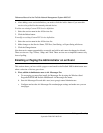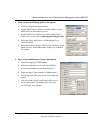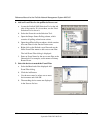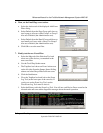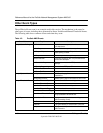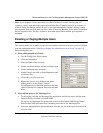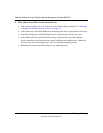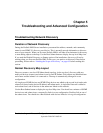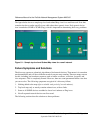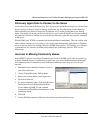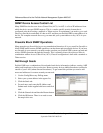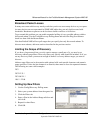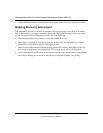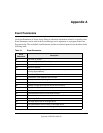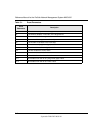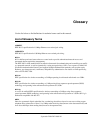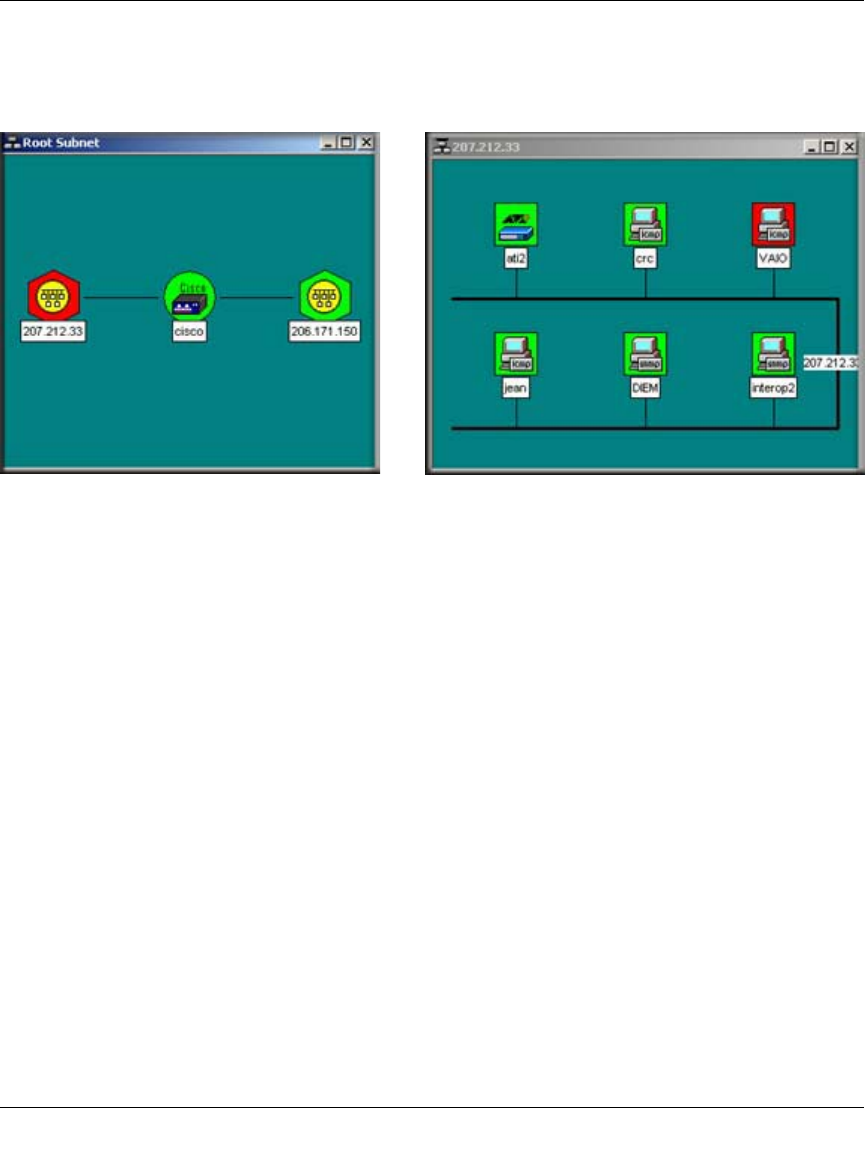
Reference Manual for the ProSafe Network Management System NMS100
5-2 Troubleshooting and Advanced Configuration
September 2004 202-10058-01
The figure below shows a sample top-level and subnet Map view for a small network. Note that
some devices have vendor-specific icons while others have generic icons. Each generic device
icon is marked as SNMP or ICMP (Ping), which is important in determining discovery problems.
Figure 5-1: Sample top-level and Subnet Map views for a small network
Failure Symptoms and Solutions
The discovery agent uses a heuristic algorithm to find network devices. That means it is somewhat
non-deterministic and will show different results from one run to another. There are many reasons
for this, including lost broadcast responses such as buffer overflows, collisions, lost polls, and
slow responses. This is completely normal. However, there are some permanent failure cases that
you can resolve. The following symptoms are typical of a discovery failure:
1. Nothing added to the map (after a suitable wait period of several minutes).
2. Top-level map only or mostly contains subnet icons, with no links.
3. Some or all SNMP devices are added to lower level subnets as Ping icons.
4. Not all expected network devices are discovered.
The following sections describe solutions to these problems.



